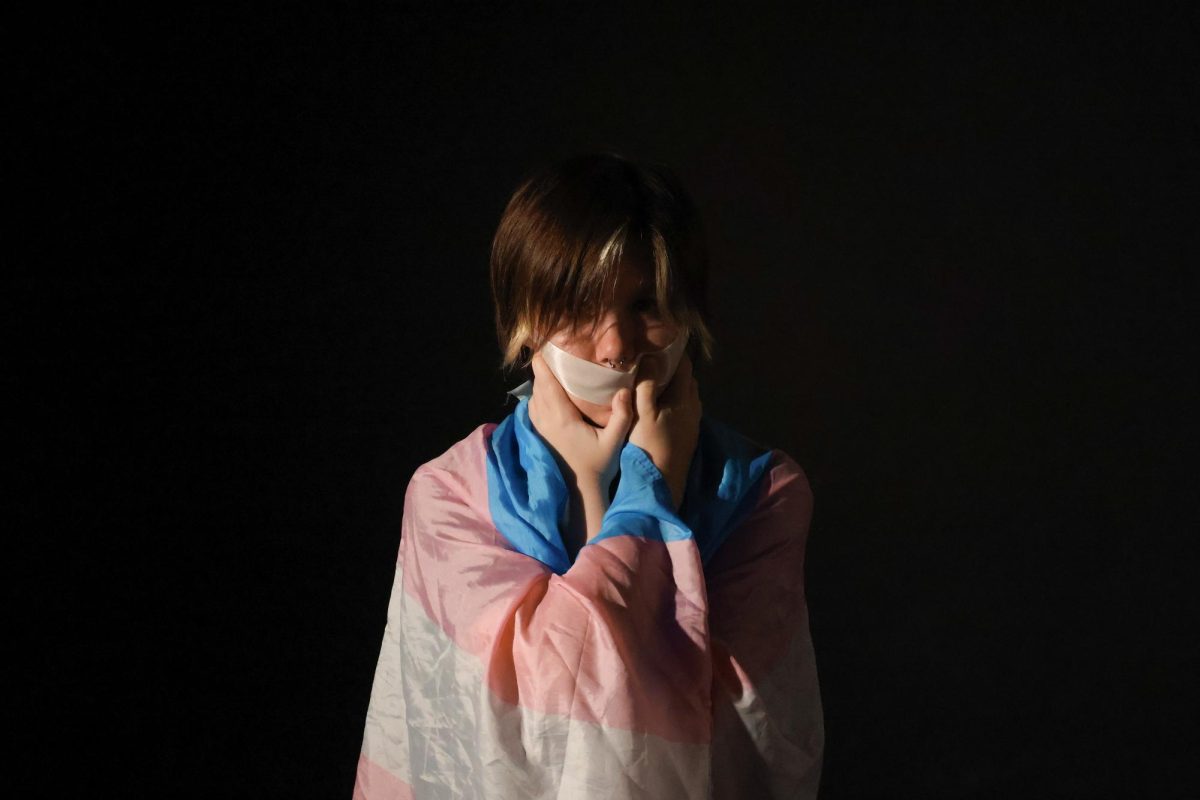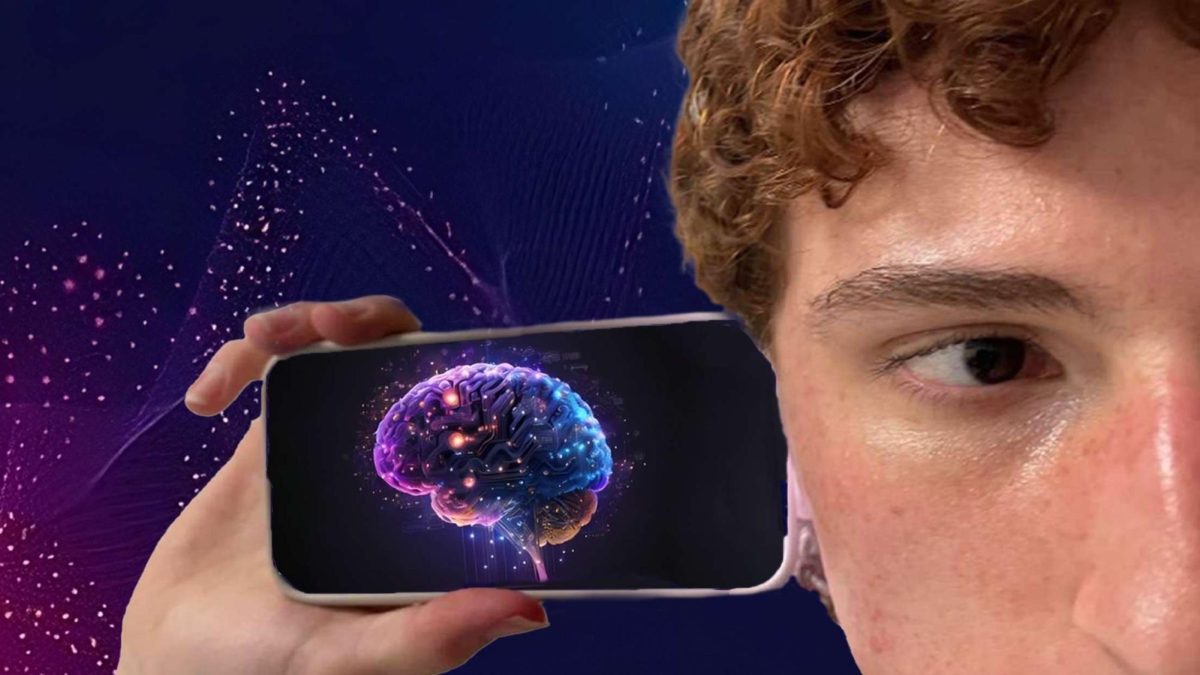Beauty standards have been around for decades. Many Americans, especially those in their teen and pre-teen years, have been negatively impacted by them. An article by Bulb on “Society’s Beauty Standards Effect on Teens” shows that 58% of 13 year old girls start worrying about how they look. This percentage goes up 25% by the time they are 17, meaning that 78% of girls are affected by beauty standards by the time they finish high school. The implications of beauty standards apply to men as well, people forget that men can also be affected by these standards. A study from UCLA shows that 90% of boys in high school and middle school workout often to “bulk up”. Society brainwashes kids, and tells them that they have to look like celebrities and models. Girls are normally told that they have to be “skinny” and that they can’t have facial hair, that they all have to look the same. Boys are told they have to look muscular and bulky. They are told they have to look like certain things when they are still developing.
Society’s beauty standards affect men and women , but over the years they have been popularly known to have a bigger effect on women.
Sophomore Nicole Rogers thinks women have higher standards for beauty than men.

“I think it’s really done really poorly how everybody sees women. They don’t have the same beauty standards for men at all. And I think that’s kind of messed up,”
Rogers said
To her, beauty standards are unfair. There are more rules women need to follow or else they are “not good enough.” Women are told they have to change the way they look. It is not possible to structure yourself a certain way unless you were born that way. If you were born with big hips, it becomes nearly impossible to make them smaller. If you have a wide ribcage, then you have a wide rib cage. You can’t look a certain way if your body wasn’t built that way.
To Rogers, these standards are toxic and unhealthy.
Back in 2016, the “ideal look” was based on facetune and loads of makeup and now the beauty standard is a more natural look, Rogers said. Which begs the question: If beauty standards change so often, why are they so important? They shouldn’t be;. Beauty standards have a poor effect on mental and physical health, and the numbers prove it.. An article on The Breeze says that beauty standards can lead to body image issues, low self esteem, depression, anxiety, and eating disorders.
Culture also has an effect on how people look. People from certain cultures or countries can’t fit America’s beauty standards because of where they were raised and how people around them look. Freshman Norelys Canales Lopez says that beauty standards are pointless because of the diversity in cultures we have in America.

“We have people from different regions and stuff. We have Mexican people and we have Asian people. Setting a beauty standard for those different types of people I think is useless because they have different features and stuff,”
Lopez said
Race and ethnicity have a big impact on looks. Some countries have completely different opinions on beauty. An article from Slice says that beauty standards differ around the world. In France, French beauty is simplicity, as they believe in a more natural look. In Russia, however, beauty has more effort put into it. Things like beauty rituals are highly used in Russia. People from different races get negatively impacted by society’s beauty standards because they are told they have to have certain features when they physically cannot change how they were made.
There is not just one definition of beautiful. Beauty is different everywhere, yet beauty standards seem to forget that.







